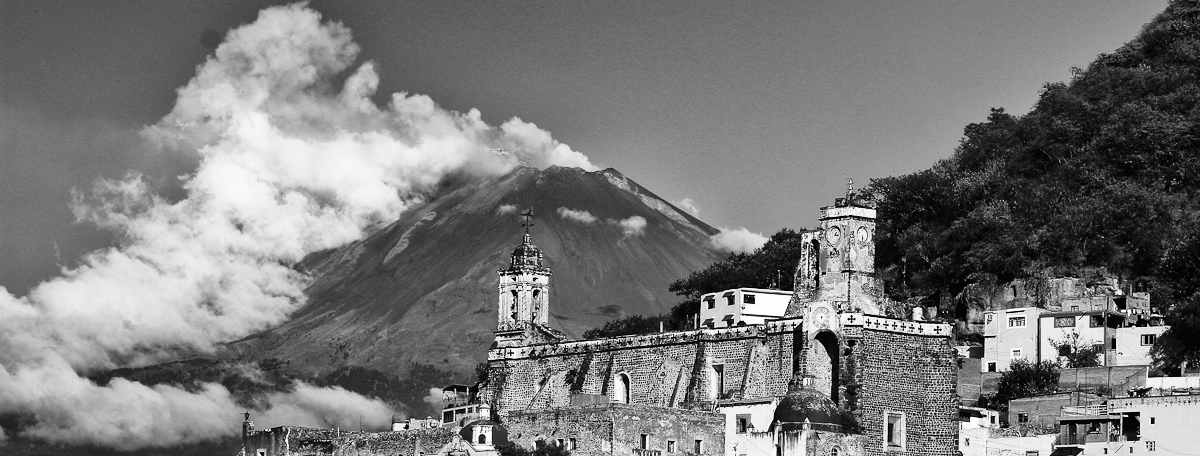16th Century Mexican churches: Within several decades after the 1519 entry of Spanish conquistadors into central Mexico, Catholic friars began establishing impressive conventos–churches and affiliated living and working quarters–throughout the region. Initially modest constructions, these early churches of Mexico were soon to become the large complexes we see today.
The indigenous populations (Aztec, Tlaxcalan, and others) were accustomed to the grand temple complexes built by their ancestors and used for public worship and sacrifice. For the friars, modesty would not do; they needed to match the grandeur of the pagan structures–to show the local populations that they, too, were favored by the gods. Indeed, churches often were built on Indian temple foundations and re-used temple stones.
Exconventosmexico will show the results of a multi-year survey of these 16th century religious complexes, as depicted in Early Churches of Mexico: An Architect’s View, produced by architect Beverley Spears of Santa Fe, New Mexico, and published by the University of New Mexico Press in 2017.










